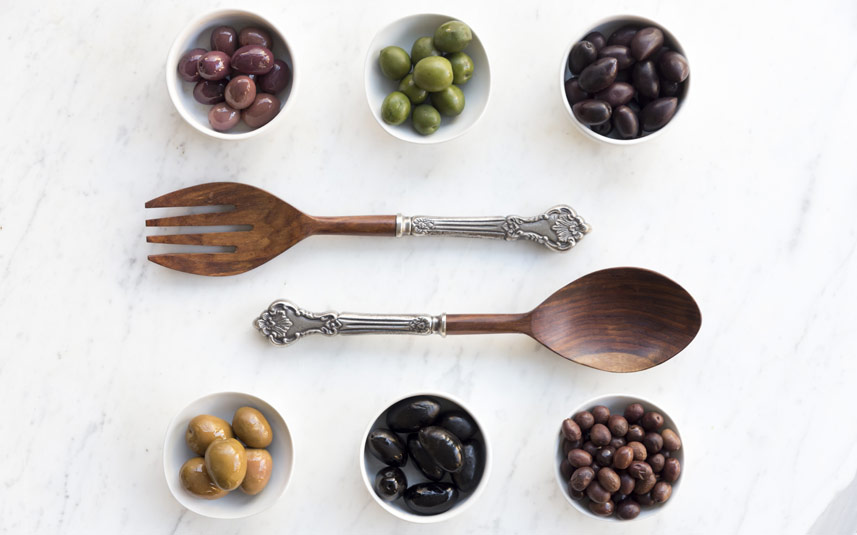
Each varietal of olive grows its best and most flavorful fruits under very specific environmental conditions. Bellucci’s growers maintain a wide array of olive cultivars, each carefully selected to produce the utmost in sensory qualities given the conditions of the region and climate of each grove.
Here are a few of our favorites:
Nocellara olives are chock full of health benefits and exude mediterranean goodness. Balanced and flavorful, this varietal of olive is easily digested and high in antioxidants, to offer excellent benefits for skin, eyes, and bones. Nocellara olives grow best in the temperate area of Italy’s southern tip. They thrive under the strong sun and salty air.
Biancolilla is one of the oldest Italian olive cultivars. It is historically grown in western Sicily. Its name refers to the shifting color of the fruits, which ripen from waxy green to wine red. The Biancolilla has a soft, fruity taste with citrus notes, slight spice, and hints of verdant grass, nuts, and artichoke.
Cerasuola is a very hearty olive varietal. The medium-sized fruits are meaty and a rich green in color, ripening to deep purple late in the season. This Sicilian olive is grown primarily for making olive oil. It has an intense flavor, with medium fruitiness and a bitter, spicy finish. Cerasuola olives are excellent pairing partners in both the field and the bottle, and are often planted side-by-side with Biancolilla and Nocellara varieties. The trees support each other’s fruiting, as well as creating a strong, well-rounded flavor (such as that in Bellucci’s Organic Italian EVOO).
Coratina is an Italian cultivar with a rich history. Named after Corato, Apulia (its region of origin), this olive varietal is now grown throughout the country. The unique flavors of EVOO produced from coratina olives tend to have lush fruity and green tones, with notes of fresh grass and bitter almond. Like other Italian olive cultivars, Coratina have a high natural concentration of polyphenols, powerful natural antioxidants which are excellent for health.
Ogliarola is another Apulian cultivar often used for making Italian EVOO. Mainly harvested by hand, this particular variety is appreciated for its delicate verdant taste, rich almond aroma, and slightly bitter, spicy finish. Olive oil made from ogliarola fruits often feature notes of fresh grass and artichoke, with the noticeable tingle and flavors of EVOO rich in polyphenols. A rarer cultivar, Ogliarola adds notes distinctive to Bellucci 100% Italian EVOO.
Carolea cultivars easily adapt to different environmental conditions, but require a certain amount of care to establish outside of southern Italy. Caroleas are grown for both oil and table, with fruits that are lush, delicious, and rich in oil. Flavors of EVOO extracted from these fruits tend to be well-balanced. Medium fruitiness, moderate pungency and bitterness, and fresh notes of grass and artichoke lead to a characteristic almond finish.
If you’re wondering whether or not you can taste the difference between olive cultivars — absolutely you can! Like wine tasting, it just takes a bit of practice. And for those interested in adding the rich, unique flavors of EVOO to their culinary delights, learning to discern the distinct characteristics of each varietal of olive is an adventure in good taste.
We suggest you start with the best. Pour more Bellucci!